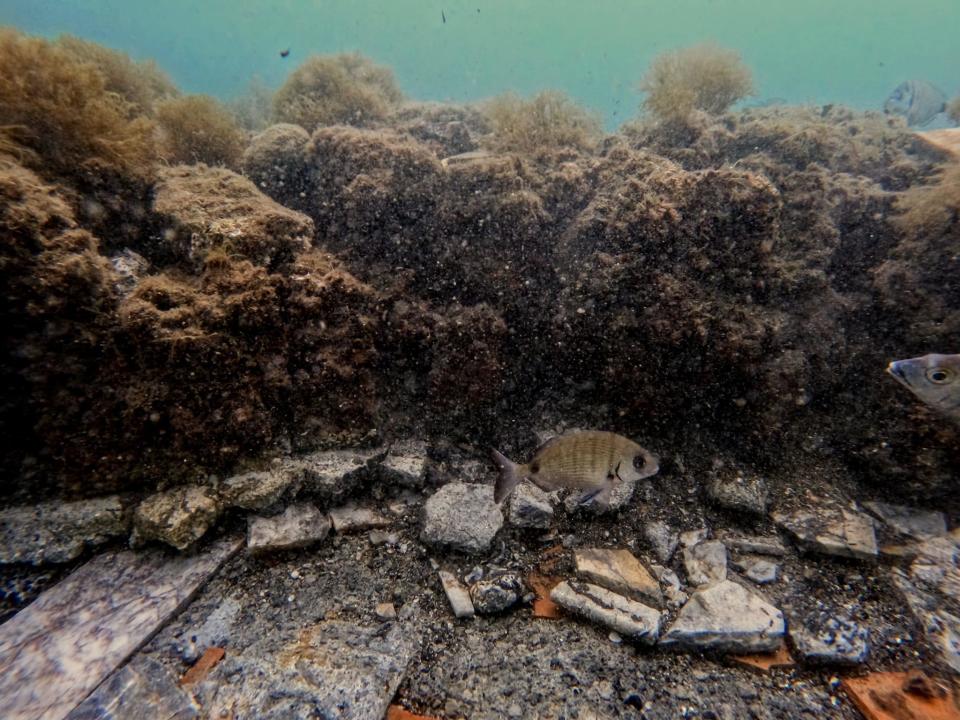Researchers studying an underwater city in Italy say they have found an ancient mosaic floor that once formed the foundation of a Roman villa, in a discovery that the local mayor called “astonishing.”
The discovery was made in Bay Sommersa, a protected marine area and UNESCO World Heritage Site off the northern coast of the Gulf of Naples. The area was once the Roman city of Baia, but has been submerged over the centuries by volcanic activity in the areaThe underwater structures are still largely intact, allowing researchers to make discoveries such as the mosaic floor.
The Campi Flegrei Archaeological Park announced the latest discovery, consisting of “thousands of marble slabs” in “hundreds of different shapes”, on social media.


“This marble floor has been the focus of the largest underwater restoration work,” the park said, calling the study “a new challenge” and “very complicated due to the extreme fragmentation of the remains and their enormous extension.”
The marble floor is made from recovered, secondhand marble that had previously been used to decorate other floors or walls, the park said. Each piece of marble was cut into a square and inscribed with circles. The floor likely dates to the third century A.D., the park said in another post, which cited the room’s style and the reuse of materials as practices common at the time.


Researchers are working carefully to extract the marble pieces from the site, the park said. The salvage work will require careful digging around collapsed walls and other fragmented slabs, but researchers hope to “save some of the geometries.”
Once recovered, the slabs will be brought to land and cleaned in freshwater tanks. The marble pieces will then be studied “slab by slab” in an attempt to recreate the former mosaic, the park said.


“The work is still long and complex, but we are sure it will provide much inspiration and satisfaction,” the park said.
Hydrothermal explosion causes water and rock flooding in Yellowstone National Park's Biscuit Basin
What Polls Say About a Trump-Harris Duel
Sneak Peek: Stephen Smith: A Death in Murdaugh Land

